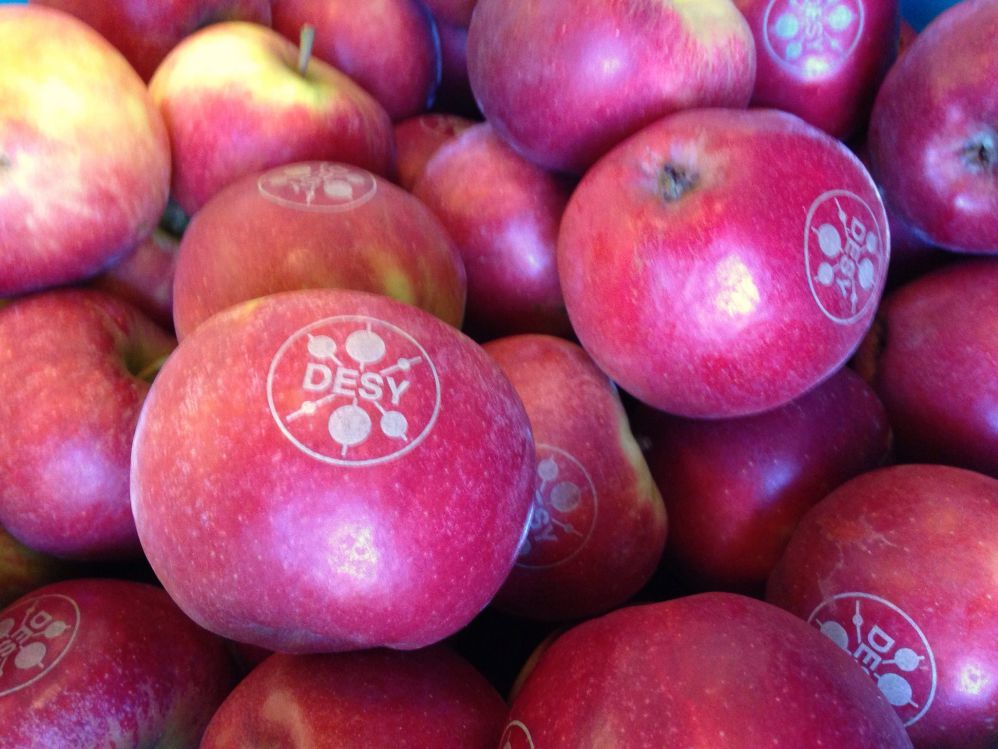The fashion, decoration, and design sectors are generally very competitive. They require a continuous stream of products and models to be offered to the public. There is a constant search for new and original design which is capable of characterizing the designer, while at the same time being in the interest of the public. In fields like design, innovation mainly relies on the imagination of designers.
That is why introducing the CO2 laser as a decoration tool has been greeted with enthusiasm by the decoration industry. The laser allows remarkable flexibility and allows to overcome any limitation imposed by traditional decorative production processes. Especially in the ceramic tile industry the laser technology process has proved to be a great ressource. The introduction of the laser has allowed producers to deeply innovate the production processes, but has also allowed them to give space to the creativity of designers. Laser technology allows to reach quality standards that were previously unattainable, while at the same time saving ressources.
The CO2 laser decoration process of tiles is based on the removal of a superficial layer of the material. The system consists of 3 basic components:
- A CO2 laser source
- A scanning head
- Control software
The laser allows you to improve the quality of machining significantly. Thanks to the laser control software it is possible to obtain a level of control and detail on ceramic tiles surface which previously was deemed impossible using traditional decorative processes. Here are the main features of machining:
- Well-defined lines: The laser allows to obtain perfectly defined lines on the ceramics, unlike conventional mechanical methods.
- Very narrow angles: the tolerances made possible by lasers are very high. This means that even very complex designs can be easily realized.
- Almost photographic quality: By adjusting the laser parameters appropriately, such as power and speed, you can get a wide range of shades making the image surface almost photographic.
Another advantage of a laser based system is its versatility that made it possible to experiment and propose new prototypes very quickly. Manufacturing gets very easy thanks to laser technologies, a tool always at the forefront of innovation in design.




